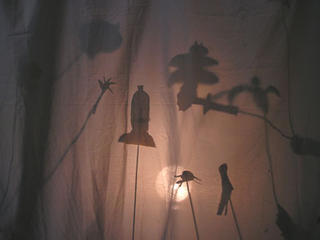For more ideas on getting organized, go to
www.getorganizednow.comOrganizing Kids Artworkby Maria Gracia
A picture is worth 1,000 words. Take photos of the artwork that your child creates and keep these photos in a scrapbook. This way, even if the artwork is discarded for space purposes, you'll still have the memory!
Keep it contained. For other artwork that does not lay flat, the perfect container may be a large, plastic container with a lid. Your child will have a space for shadowboxes, and other artwork that won't fit into a file folder.
Hang it. Get your child his very own artwork bulletin board so he can display his favorite artwork in his bedroom. When organized on a nice cork board, this really adds a nice touch to a child's room. Plus, your child can very easily switch one piece of art, with another.
Supply mania. If your child produces a lot of artwork at home, she probably has tons of crayons, markers and other art supplies. Keep it all in a portable box, light enough for your child to be able to transport it from one room into the next. In addition, separate and organize the supplies into separate Zip-lock baggies before putting them in the box. This will keep everything organized and easily accessible.
The perfect gift. Kids artwork makes the perfect gift for grandma, grandpa, sister Jane, Aunt Sue, Uncle Jim, and so on. Rather than buying gifts for your child to give to family members, encourage them to give their creations away as special gifts to special people.by Maria Gracia - Get Organized Now!Want to get organized? Get your FREE Get Organized Now! Idea-Pak, filled with tips and ideas to help you organize your home, your office and your life, at the Get Organized Now! Web site
http://www.getorganizednow.com


 Take the TV out of a child's bedroom. Put in a shadow puppet theater. Or play music. Read a story. Act the story out.
Take the TV out of a child's bedroom. Put in a shadow puppet theater. Or play music. Read a story. Act the story out.